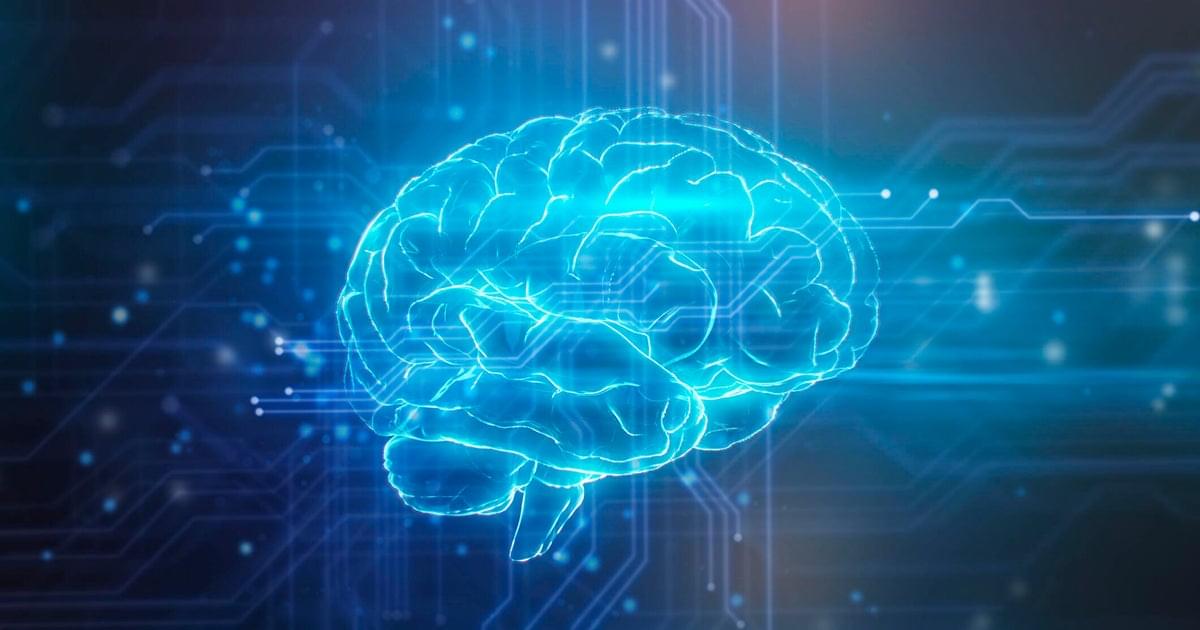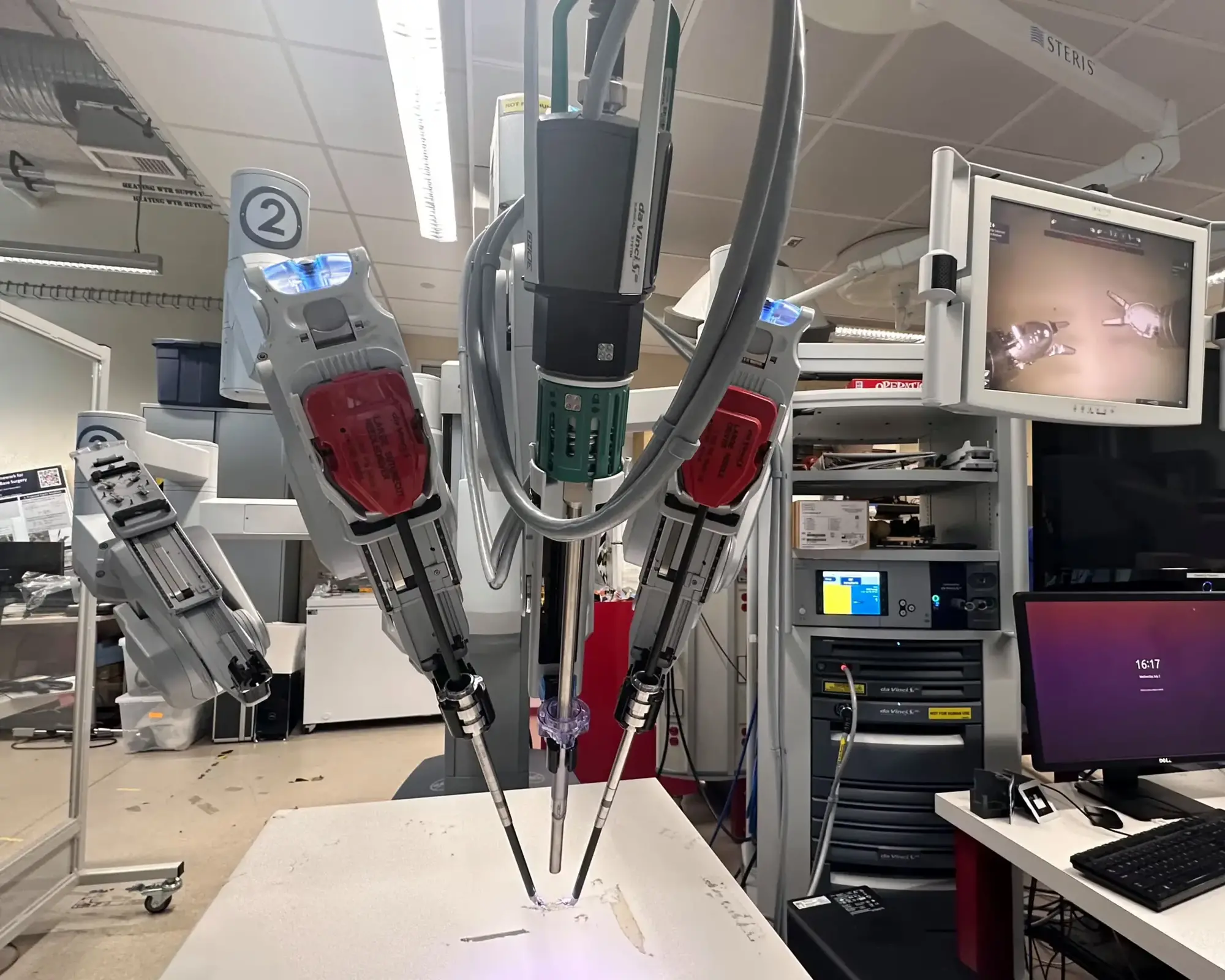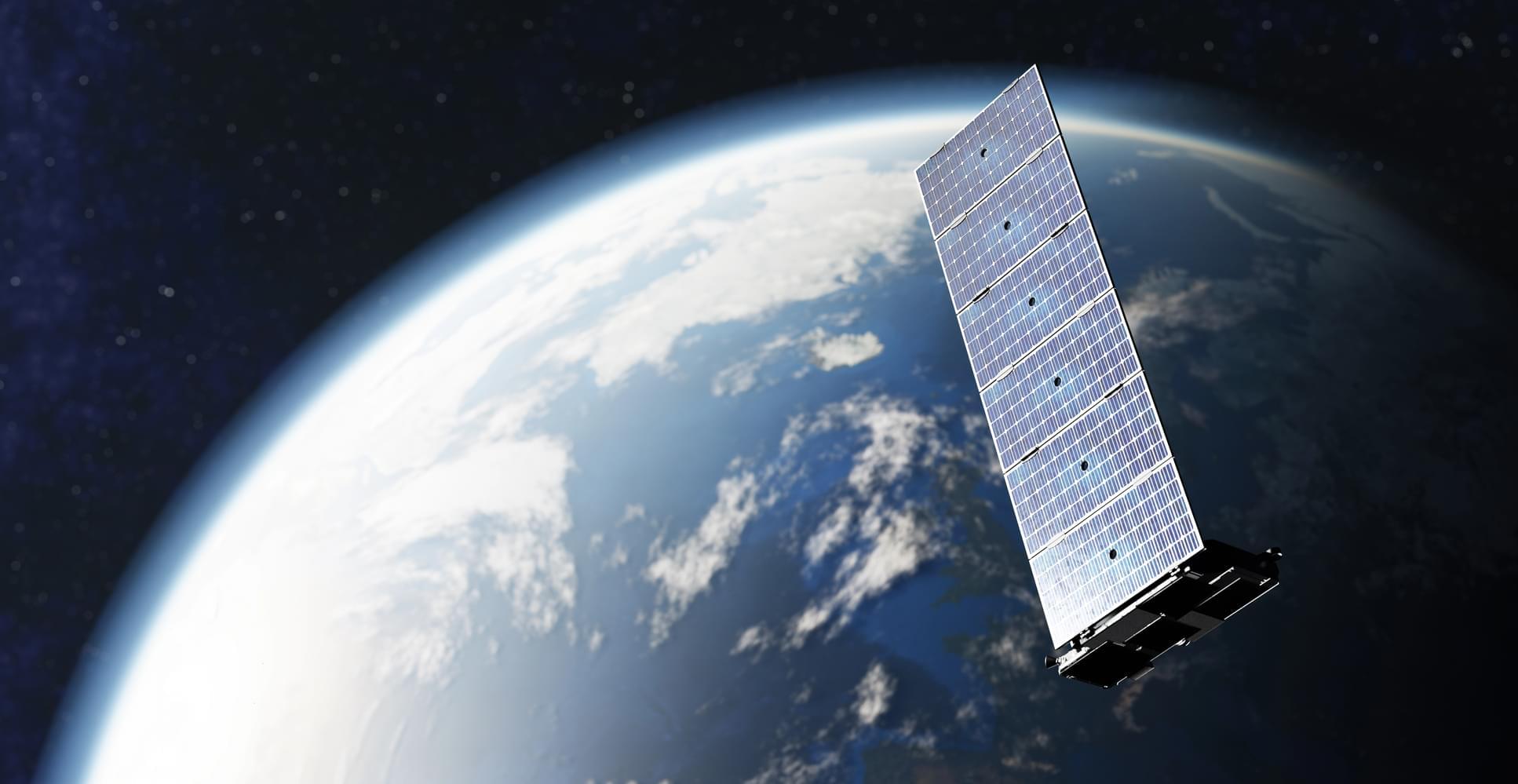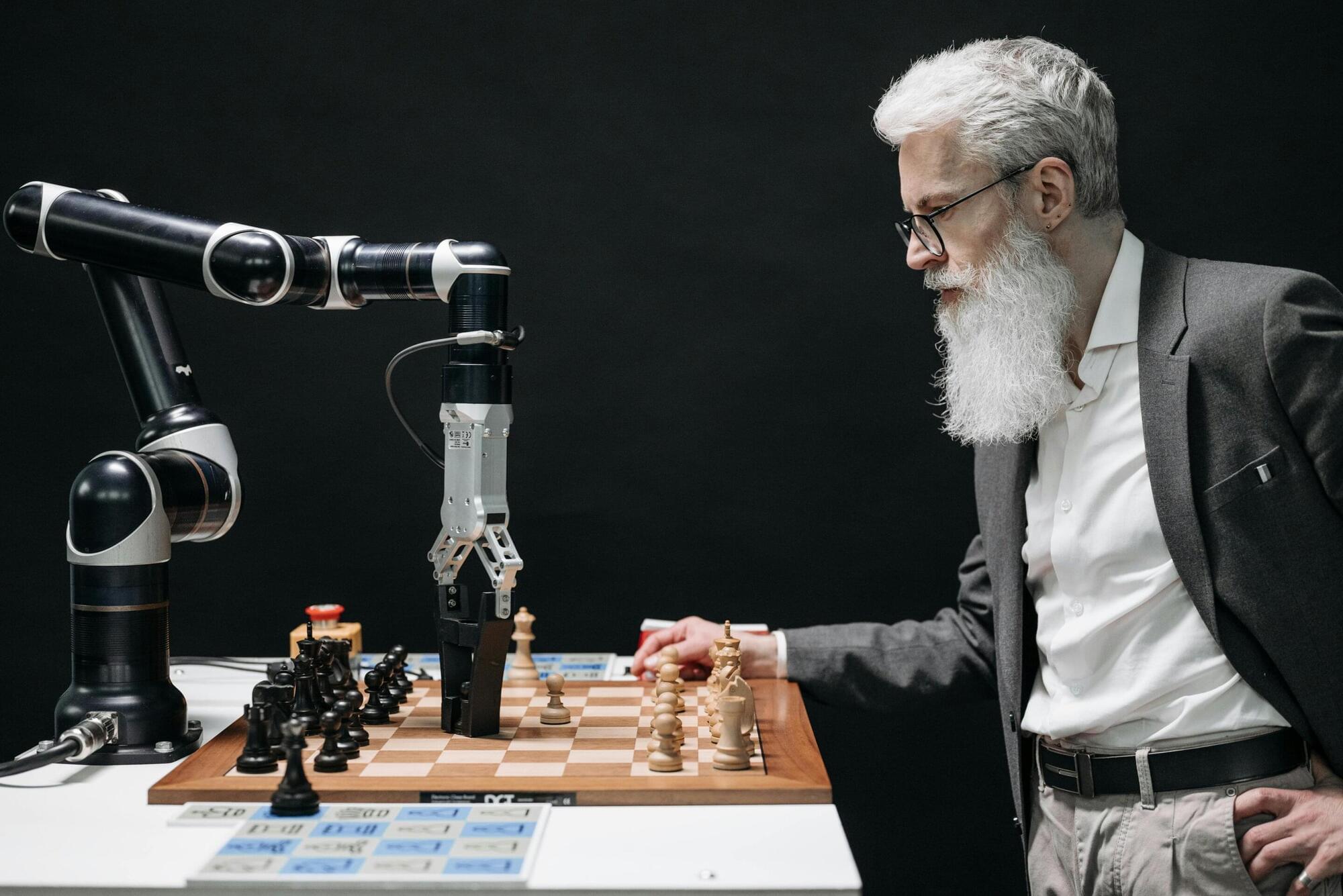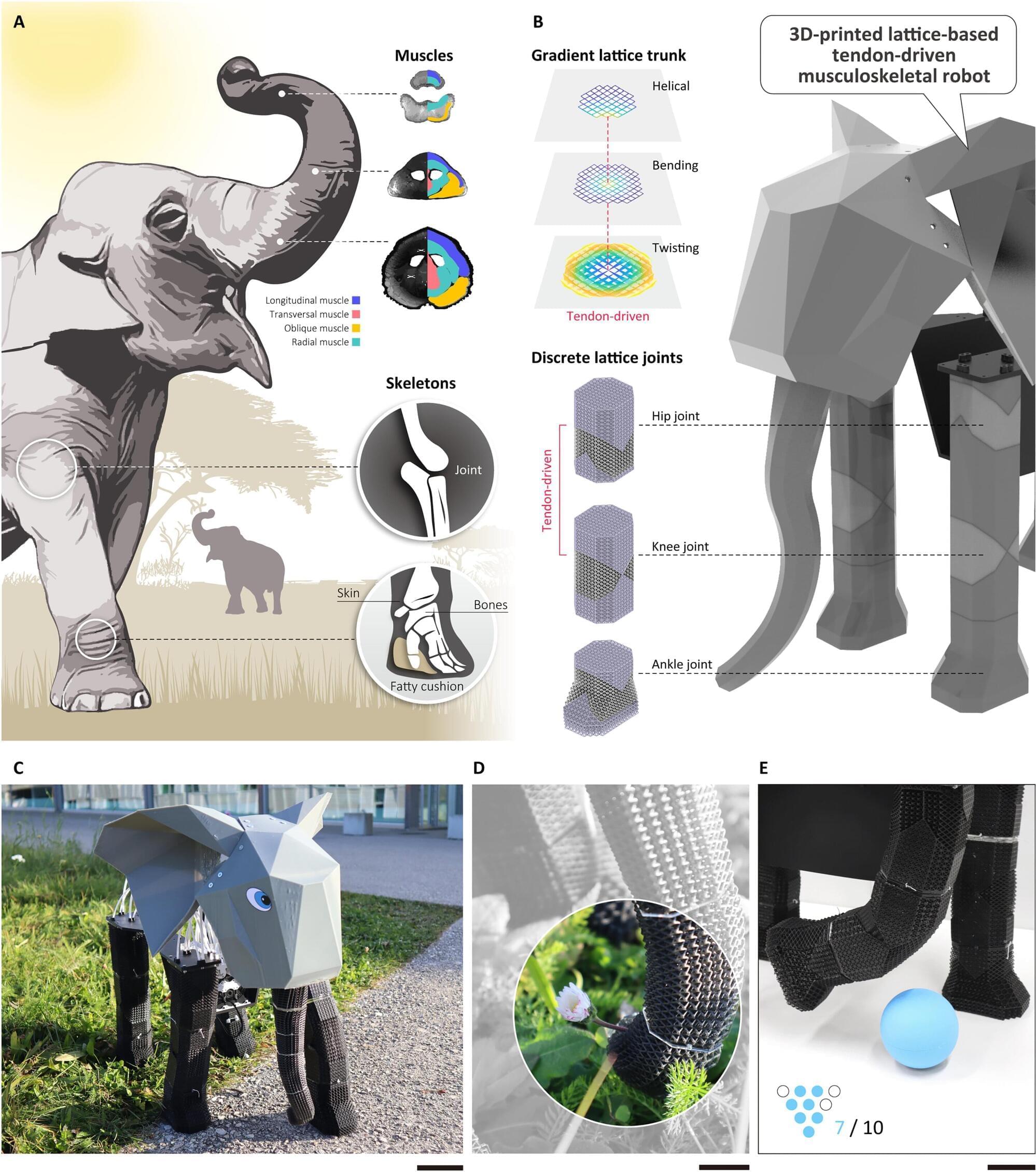Precision and personalized medicine for disease management necessitates real-time, continuous monitoring of biomarkers and therapeutic drugs to adjust treatment regimens based on individual patient responses. This study introduces a wearable Microneedle-based Continuous Biomarker/Drug Monitoring (MCBM) system, designed for the simultaneous, in vivo pharmacokinetic and pharmacodynamic evaluation for diabetes. Utilizing a dual-sensor microneedle and a layer-by-layer nanoenzyme immobilization strategy, the MCBM system achieves high sensitivity and specificity in measuring glucose and metformin concentrations in skin interstitial fluid (ISF). Seamless integration with a smartphone application enables real-time data analysis and feedback, fostering a pharmacologically informed approach to diabetes management. The MCBM system’s validation and in vivo trials demonstrate its precise monitoring of glucose and metformin, offering a tool for personalized treatment adjustments. Its proven biocompatibility and safety suit long-term usage. This system advances personalized diabetes care, highlighting the move towards wearables that adjust drug dosages in real-time, enhancing precision and personalized medicine.
Real-time monitoring of drugs and biomarkers is essential for personalized diabetes care. Here, the authors present a wearable microneedle sensor system enabling simultaneous in vivo monitoring of glucose and metformin in interstitial fluids for personalized medicine.


